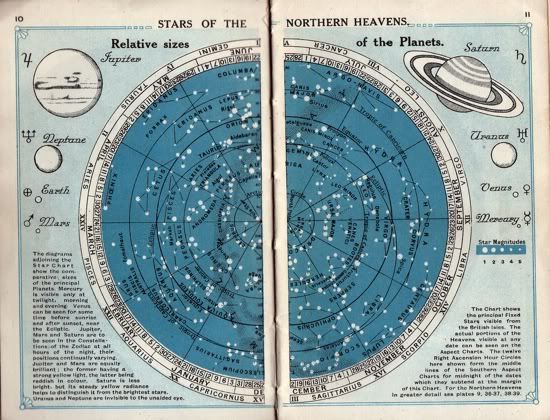






"Tennyson's poem 'The Lady of Shalott' published in 1883 tells of a woman suffering under an undisclosured curse, and living isolated in a tower near King Arthur's castle. She is allowed to see the outside world only through its reflection in a mirror. One day she glimpses the handsome knight Lancelot reflected and cannot resist looking at him directly. The punishment that follows results in her drifting in her boat downstream to Camelot 'singing her last song,' but dying before reaching there. Waterhouse shows her letting go the boat's chains, while staring at the crucifix, placed in front of the three glittering candles. This imaginary figure is set in a highly naturalistic lanscape." - Description from Tate Gallery









No comments:
Post a Comment